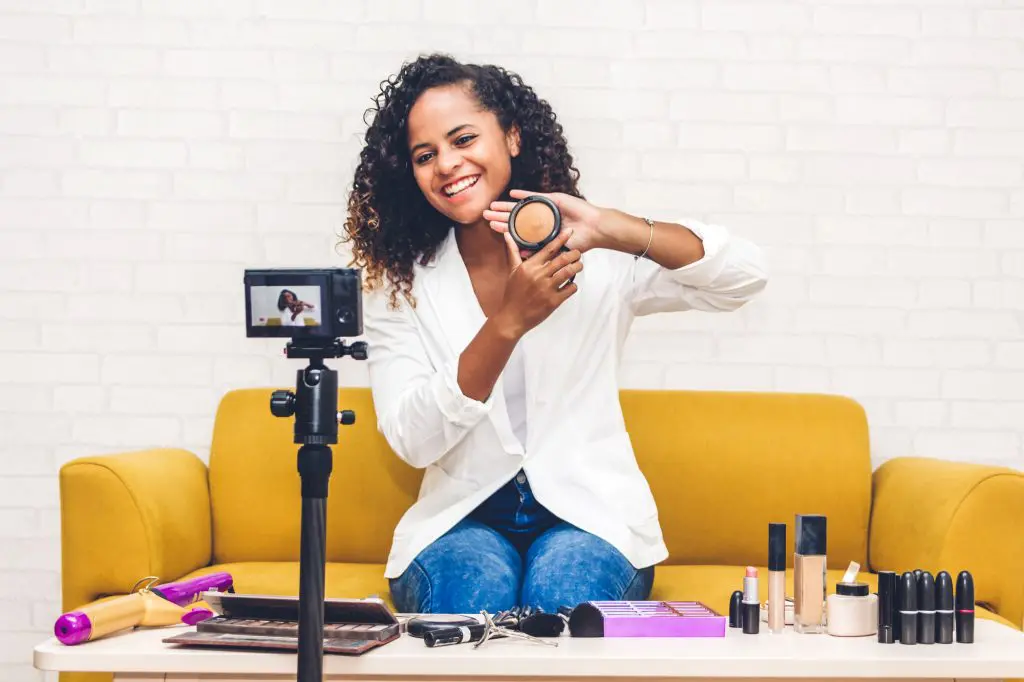2022 Marketing Predictions: Influencer brands, metaverse gaming, data privacy deadlines and more

Ad spending continues to bounce back from its “Covid recession” of 2020, building on a 21.6% bounceback in 2021, which saw a U.S. marketing and advertising spend of $436.3 billion according to some industry estimates. While growth rates are likely to slow somewhat, analysts expect continued growth of 11.8% in 2022 to $487.8 billion. 2021’s growth figures were buoyed by the return of experiential and sponsorship spends, while 2022’s key growth drivers include the likely loss of third-party data, which will push marketers to spend big on other strategies, such as contextual targeting and first-party data solutions.
On marketing’s biggest stage, the Super Bowl, high-profile autobrands like BMW and Kia are returning. As is Taco Bell, with brands paying up to $6.5 million for a 30 second slice of big game ad break. Those old enough to remember the first wave of attention-grabbing ads for dot-com contenders like Outpost.com (for whom gerbils were shot out of cannons in 1998) may experience a sense of deja vu, as campaigns from Crypto.com and FTX attempt to enter mainstream conversation – even if the mainstream consumer isn’t quite sure what’s actually on offer.
We’ll get into the inter-related worlds of metaverses, NFTs and cryptocurrencies shortly. But not before noting that on smaller stages, platforms are lowering minimum spends and offering more self-serve options to smaller advertisers.
Nextdoor, which has traditionally been able to command a premium for highly targeted placements, has launched an invitation-only beta launch for its new Neighborhood Ad Center. In the delivery space, DoorDash similarly launched self-serve capabilities for restaurants.
While the pandemic conditioned many to default to Amazon Prime as a single source of retail therapy, consumers continue to report a desire to support local businesses. Whether simplifying the marketing process for small businesses through self-serve advertising, or providing a marketplace for smaller vendors, as Etsy does, platforms can do their part in addressing this consumer goal.
Metaverses, NFTs and more, oh my

Metaverse marketing confuses many but continues to gather momentum. Brands like Nike are embracing the opportunity to build outposts in virtual spaces, inviting Roblox users to jump into Nikeland to create and compete in minigames while styling their avatars in Nike gear. The new marketing acronym in town is D2A – that’s “direct to avatar”, a sales channel distributing selling virtual goods for smart-dressed VR people, whether that’s kids upgrading their blocky Roblox outfits, or “physically impossible” digi-couture of the kind created by digital fashion house The Fabricant for Australian Fashion Week and pricey high end fashion drops.
Analyst Sam Poser envisions Nikeland as a way for the brand to prototype products and gather data via digital apparel, telling CNBC “If they know a bunch of kids are wearing it on Nikeland, then they will then come out with it in the physical world.” And if you think that the blocky worlds of Roblox are entirely kid-centric game spaces, it’s worth noting that Gucci presented their own surreal space as a two-week pop-up in early ‘21.
If building a playground on Roblox is relatively mainstream in metaverse marketing terms, newer virtual worlds like the Sandbox are more complex undertakings. A gaming ecosystem that allows users to create, share and monetize assets via cryptocurrency, The Sandbox has attracted brands like Adidas, among others. The sportswear brand has purchased a plot of digital land within the Sandbox to populate with content and experiences, with Adidas marketer Erika Wykes-Sneydof saying of the open metaverse “it’s a natural place for Adidas Originals to enter: a wild world where possibilities are truly limitless and where anyone can express and be rewarded for their most original ideas.”
Brands with budgets to spare and a desire to be part of what comes next are dropping NFTs, either offered freely as Pepsi did with 1,843 assets, or dabling with NFT sales, a la Budweiser’s quickly-sold-out Heritage Collection.
While derided by many as overhyped “proof of ownership” of easily-copied digital images, NFTs are becoming one way for brands to build connection and community with their most tech-savvy fans. Incentives for ownership of an asset from Bud Light’s N3XT Collection include “unique roles in Bud Light’s Discord server with voting abilities on fun future initiatives and being part of an active NFT community. Other incentives include hearing about merch drops before anyone else (and) having access to eSports/gaming experiences utilizing our TWITCH platform.”
Influencers in action

TikTok continues to see massive growth as a go-to platform for influencer marketing, with two thirds of marketers that utilize influencers likely to leverage the app in 2022 as part of their influencer marketing mix. With the app gaining more traffic than Google in 2021, up from 8th in 2020, it’s hardly surprising that dollars are moving in that direction.
Meanwhile, both Instagram and TikTok are experimenting with subscription monetization models for content creators. It may simply amount to “one more revenue stream” for hard working content creators, but the better influencers are able to monetize their presence on social media the pickier they may become about the kind of brand deals they’re willing to take on.
As to the type of marketing opportunities on offer, we may see more co-branding of products alongside more straightforward promotional fare. When the pandemic supercharged the home delivery market, amid the rise of delivery-only brands operating out of “ghost kitchens” YouTube personality MrBeast raced to the head of the virtual brand pack with his Mr Beast Burger concept.
Launched at the end of 2020, the influencer-hyped burger dominated the space, with Restaurant Business calling it “perhaps the most important restaurant chain in the U.S., at least for now.”
Co-branded and influencer-lead product initiatives are well-established in the beauty space, pointing towards a broader trend towards collaboration. Gaming collective FaZe Clan went beyond the standard merch offerings by collaborating with iconic pop artist Takashi Murakami on an esports jersey and other merchandise. That debut collection sold out in less than an hour, garnering over $1 million USD in sales and leading to a second, limited edition collection.
Whether curated collaborations aimed at collectors (with NFTs attached, as with Gap’s collab with artist Brandon Sines) or broader influencer-lead brand initiatives, we’ll see more brands engaging cultural influencers as more than simply sponsored-post creators. And with audiences favoring authenticity over polish, as reflected in the rise of the informal TikTok aesthetic, that’s really how it should be.
Data privacy

People may love the idea of being part of an influencer’s in-crowd, a new blockchain gaming community or a network of clued-in streetwear collectors. But one thing folks still reject is being grouped by advertisers.
For many, highly individualized targeting results in the feeling that advertisers “know too much about me.” But a 2021 ARF Privacy Survey reflects the reality that targeting “to groups or segments of people with similar characteristics rather than delivering an ad to an individual person” is almost as unpopular.
This interest-grouping approach (dubbed Featured Learning of Cohorts) was part of Google’s proposed approach as part of their move away from individual identifiers. While Google was hoping to deliver almost as many conversions per dollar, which compared to cookie-based advertising, at the beginning of 2022 the initiative was killed off. Instead, Google hopes to track user interests by tracking the sites you visit categorized by topic. As TechCrunch notes, “it’ll remain to be seen if other browser vendors will be interested in adding the Topics API.” Meanwhile, consumers are still waiting for a federal privacy law, something that analyst Yory Wurmser said may not change in the coming year.
While Google delayed third-party cookie depreciation to late ‘23, advertisers should be viewing shifting deadlines as an opportunity to test and iterate on cookie-free marketing strategies. As one ad tech commentator noted, “if you’re still reliant on third-party cookies, you’re increasingly behind the times.”
Ad placements next to “relevant content” is an idea older than the ‘net itself (see any pile of print magazines in a dentist’s waiting room for details – auto ads in auto mags, beauty ads in women’s mags and so on). But recent biometric studies, courtesy of adtech firm Integral Ad Science, seek to deliver proof that there are more nuanced benefits to contextual advertising by studying content environments and memory encoding, concluding, among other things, that emotive ads perform best when matched with articles which share similar emotional themes. Expect to see more ad tech designed to deliver nuanced contextual targeting that leverages this type of neuroscience.